On November 19, at the workshop “Straw Value Chain: Policy and Investment Opportunities” co-organized by the Department of Economic Cooperation and Rural Development ( Ministry of Agriculture and Environment ), the Vietnam Rice Industry Association (VIETRISA) and the International Rice Research Institute (IRRI), a team of experts from IRRI and Can Tho University announced the results of the first comprehensive study on the straw value chain in the Mekong Delta.
The study was conducted in 14 communes of Can Tho city and two provinces of An Giang and Vinh Long with the aim of mapping the rice straw value chain; identifying key actors, functions, added value and linkages between stakeholders; analyzing opportunities and challenges and pointing out policy gaps, thereby proposing an effective rice straw business model.
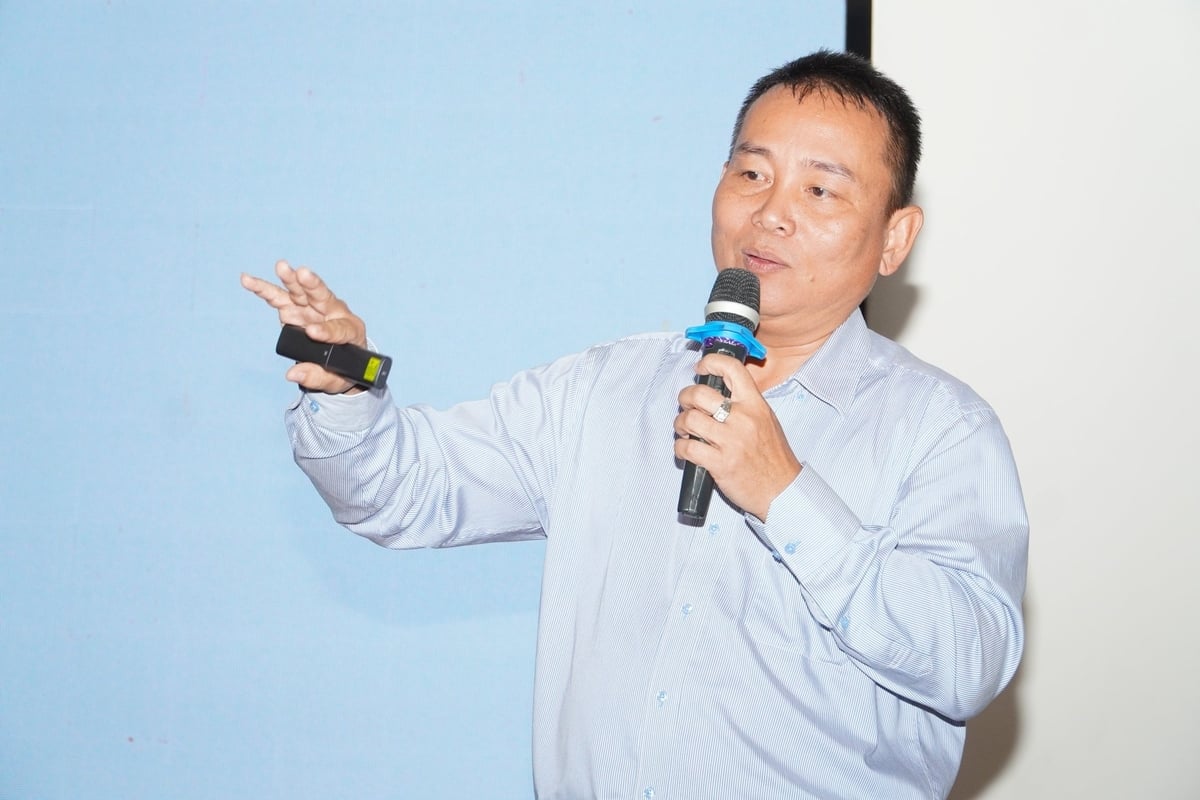
Dr. Nguyen Hong Tin ( Can Tho University) represented the research team to announce the results of the first comprehensive study on the rice straw value chain in the Mekong Delta. Photo: Kim Anh.
Dr. Nguyen Hong Tin - representative of the research team said that the research results have determined the economic value of each stage in the straw chain. For example, processing straw rolls or composting straw can bring an average profit of 2,500 VND/roll. If traders buy - roll and sell straw, they can achieve a profit of 3,600 VND/roll. In case traders buy and sell pre-rolled straw, the profit increases to 4,800 VND/roll.
In particular, if straw is used to grow mushrooms, on average, farmers can earn a profit of about 37,500 VND per roll of straw, 34,200 VND per roll of straw for growing crops, and about 7,700 VND per roll for livestock farming.
Dr. Tin emphasized that if four forms of straw mushroom cultivation combined with composting, animal husbandry and crop cultivation are effectively exploited, the value chain of straw in the Mekong Delta can reach more than 6,600 billion VND/year.
The study also identified the actors in the straw value chain including: Brokers, straw rolling service providers, transportation service providers, traders and straw users. In which, traders play a leading role, providing straw rolling service, purchasing, distributing and creating output, so they have the highest profit margin.
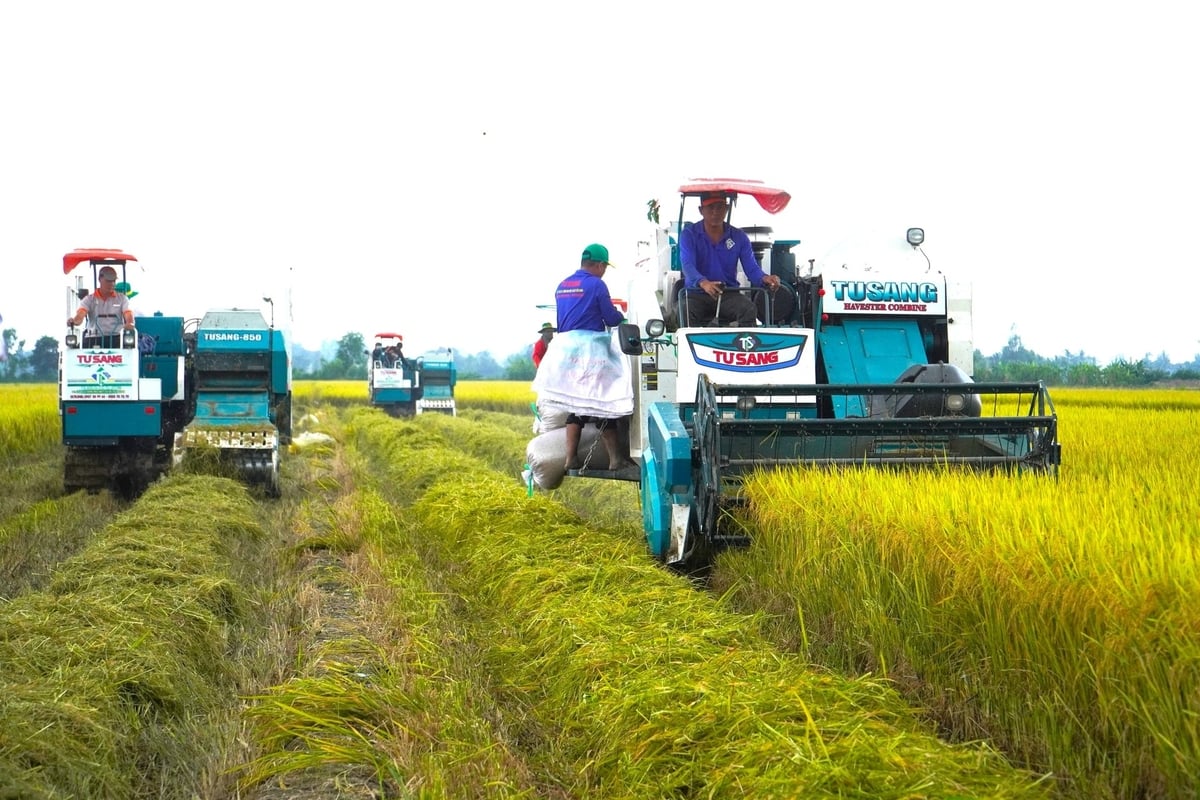
Research shows that if four forms of straw mushroom cultivation combined with composting, animal husbandry and crop cultivation are effectively exploited, the value chain of straw in the Mekong Delta can reach more than 6,600 billion VND/year. Photo: Kim Anh.
With the above results, according to the research team, the rice straw value chain is lacking a clear policy framework and support mechanism. The big gap lies in the fact that rice straw is still considered a waste by-product, not recognized as a biomass resource, lacking national technical standards and specialized logistics infrastructure.
In addition, there is currently no official "trading floor" for straw, which is mainly based on the "call - agreement" model, lacking an invoice/tax mechanism and preferential credit. Policy issues to reduce straw burning are still lacking, not integrated into the carbon mechanism with a clear MRV process. On the other hand, the current straw value chain still lacks labor safety standards, official statistics and provincial-level monitoring indicators.
From these results, the specialized agencies plan to propose an action roadmap: establishing legal status for straw as a biomass resource; promulgating TCVN/QCVN; credit incentives; developing biomass logistics; integrating carbon mechanisms with the MRV system; digital transformation and promoting technology research.
Mr. Le Duc Thinh - Director of the Department of Economic Cooperation and Rural Development said that each year the Mekong Delta generates about 25 - 28 million tons of straw - a huge biomass source with great economic potential. However, only 20 - 30% of the straw is collected, the rest is burned in the fields, causing air pollution, soil degradation and greenhouse gas emissions.
In the context that the Mekong Delta region is promoting the implementation of the Project of 1 million hectares of high-quality, low-emission rice and committing to Net Zero by 2050, Mr. Thinh affirmed that straw management has become a strategic pillar of the green transformation of the rice industry, no longer a separate technical problem.
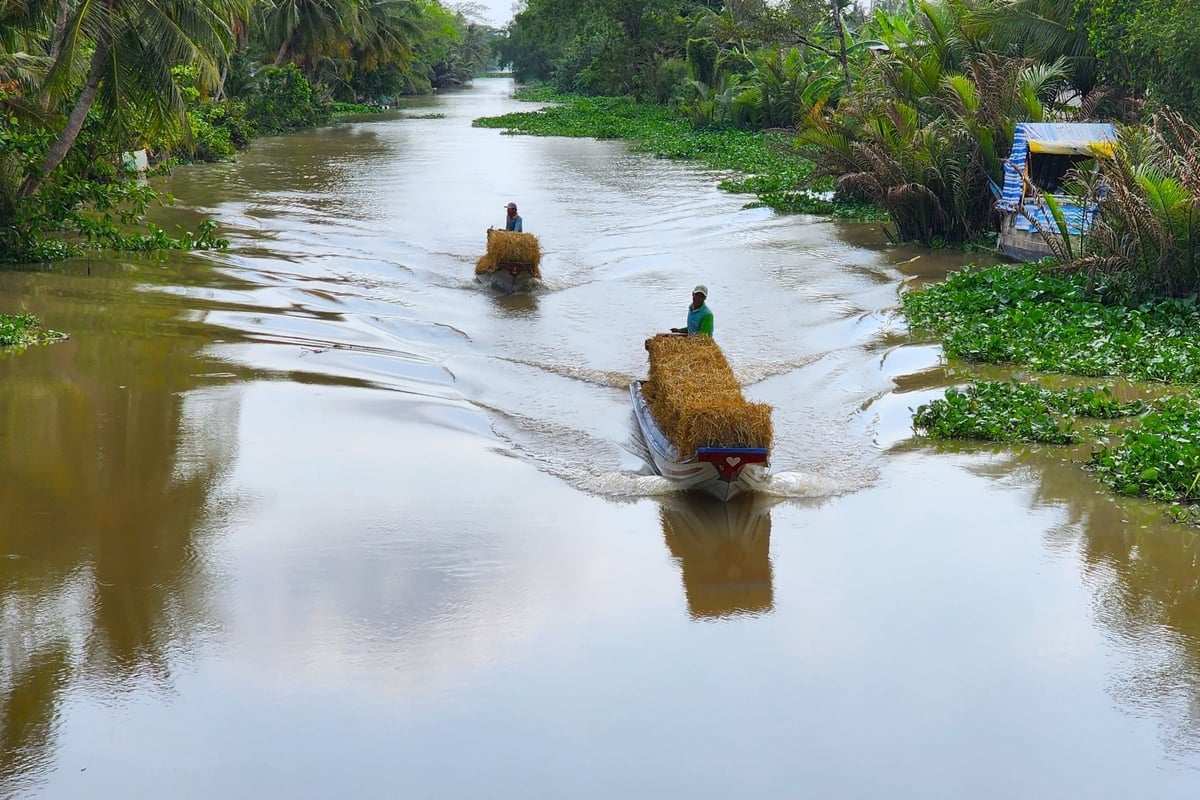
Every year, the Mekong Delta generates about 25 - 28 million tons of straw. This is a huge biomass source with great economic potential. Photo: Kim Anh.
He said that it is necessary to perfect the institutions and legal framework to recognize straw as a biomass resource. At the same time, it is necessary to issue technical standards and regulations for the collection, preservation, transportation and reuse stages, creating a foundation for the development of a sustainable straw market.
Reorganizing the value chain with cooperatives as the center is considered necessary through developing a cooperative model that provides mechanized collection services, forming collection points and linking with enterprises producing organic fertilizers, biochar, biomass pellets, etc. Thereby ensuring a stable supply and increasing income for farmers.
In addition, it is necessary to mobilize financial resources, take advantage of chain credit, linkage support mechanisms under Decree 98, credit funds, and ODA. In particular, specialized agencies need to soon build an MRV system for straw to integrate into the carbon credit mechanism, creating economic incentives for farmers and businesses.
With the participation of stakeholders, the workshop created a platform for dialogue and commitment to action to develop a sustainable rice straw value chain, contributing to the success of the 1 million hectare high-quality, low-emission rice project.
The comprehensive study on the rice straw value chain in the Mekong Delta is one of the activities under the RiceEco Project implemented by the Ministry of Agriculture, Forestry and Fisheries of Cambodia and IRRI with Vietnamese partners in the period 2023 - 2026. The project is funded by the Mekong - Korea Cooperation Fund (MKCF) to build and develop a circular economic model from rice straw.
Up to now, the models from the project have shown positive results, straw collection helps reduce up to 3 tons of CO2 equivalent per hectare compared to burying straw in flooded fields. Straw residue after mushroom cultivation, low quality straw, wet straw can be used to produce organic fertilizers applying mechanization combined with biotechnology.
Source: https://nongnghiepmoitruong.vn/chuoi-gia-tri-rom-ra-tai-dbscl-co-the-dat-hon-6600-ty-dong-nam-d785263.html










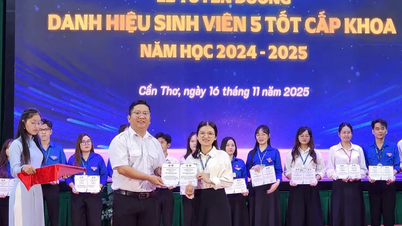
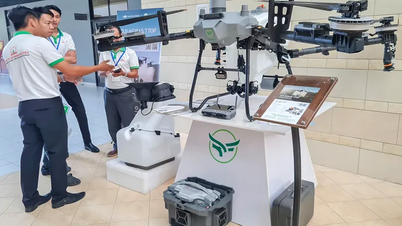
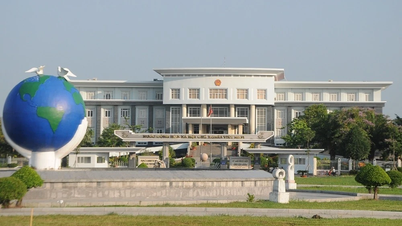





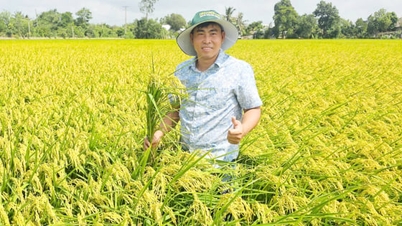
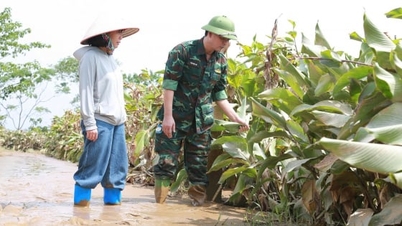

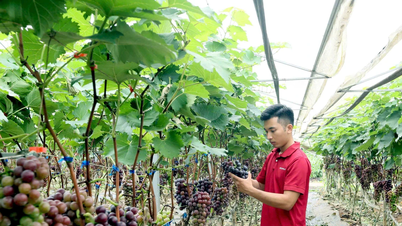







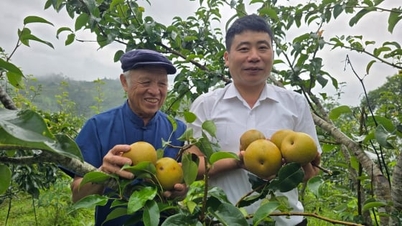
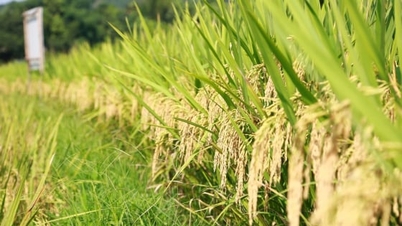








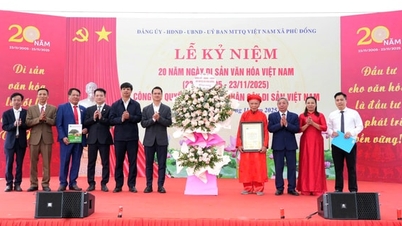






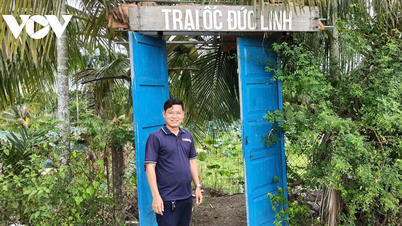

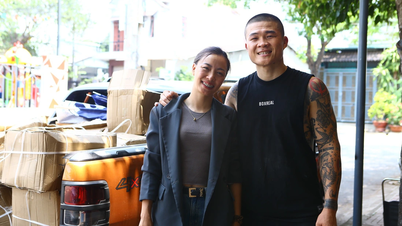

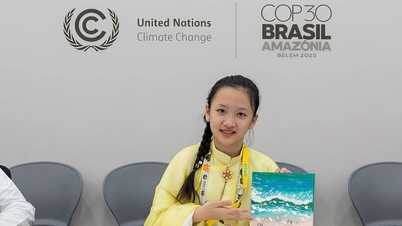


























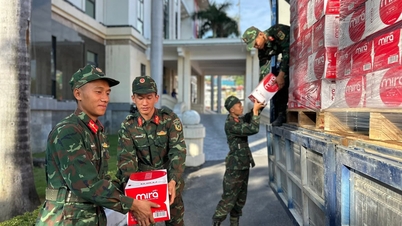
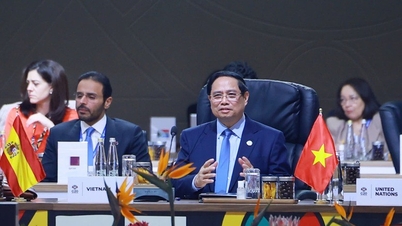








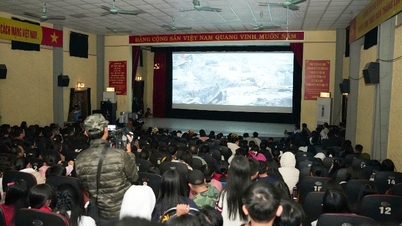

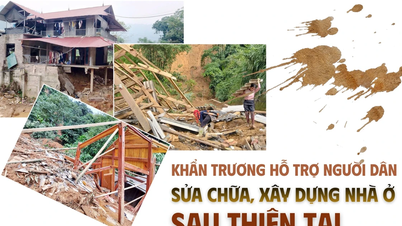




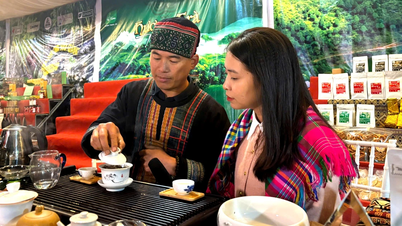














Comment (0)